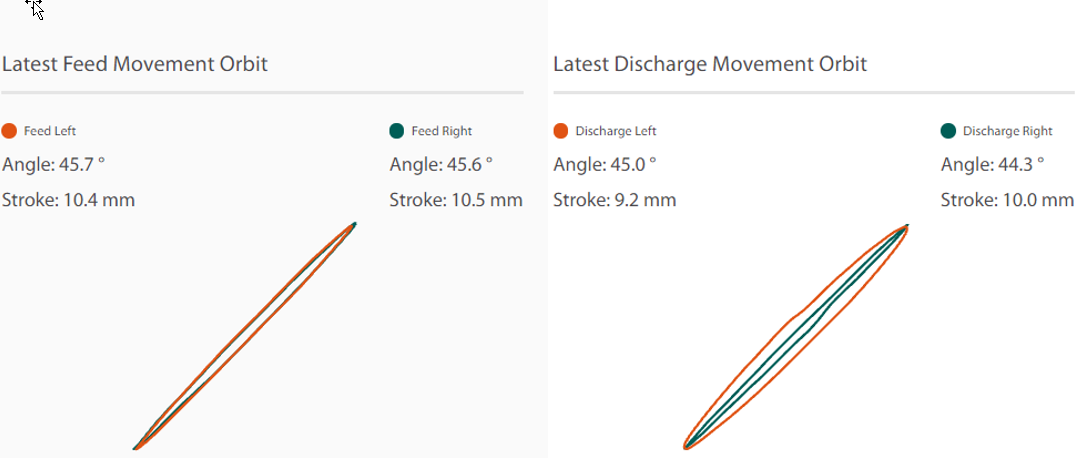On-going trials to secure a reliable system at Boliden Kevitsa
Boliden’s Kevitsa mine in Finland has been looking to acquire good quality and useful data to support the daily maintenance operations and procedures at the plant. It is all part of the company’s plan to increase uptime and cut operational costs. The average availability of its equipment was 93% when the project started. The availability has since increased, but the mine is looking to increase these numbers even further. Monitoring the screens is part of the strategy.
In June 2019, Metso Outotec installed a monitoring system on the MF screen at Boliden Kevitsa and less than a year later also on the RF screen. It was, and still is, a pilot test with the intention to let Metso Outotec closely monitor and follow up in order to improve the system and its reliability.
Matti Mustonen, Deployment Specialist at Metso Outotec, closely follows the digital platform and filters the alarms to set acceptable limits.
“I check the system regularly, follow up on alarms, and have regular contact with the customer. We had a lot of challenges in the beginning, as the system was a bit too sensitive. However, that has been sorted out and now it’s a robust system that helps us catch the relevant issues,” says Matti.
Metso Outotec and Boliden Kevitsa have had close cooperation since Boliden bought the Kevitsa site in 2016. The trust that has been built up between the companies has facilitated the collaboration on new development.
“I am pleased with the monitoring system and how the trial has been handled. Metso Outotec has been very proactive. They have a willingness to improve and have been very innovative. I have noticed that they have clearly taken an ownership in this project, which has helped us get back on track and has pushed the development forward,” says Tuomas Vahteristo, Head of Section Preventive Maintenance at Boliden Kevitsa Mining Oy.








